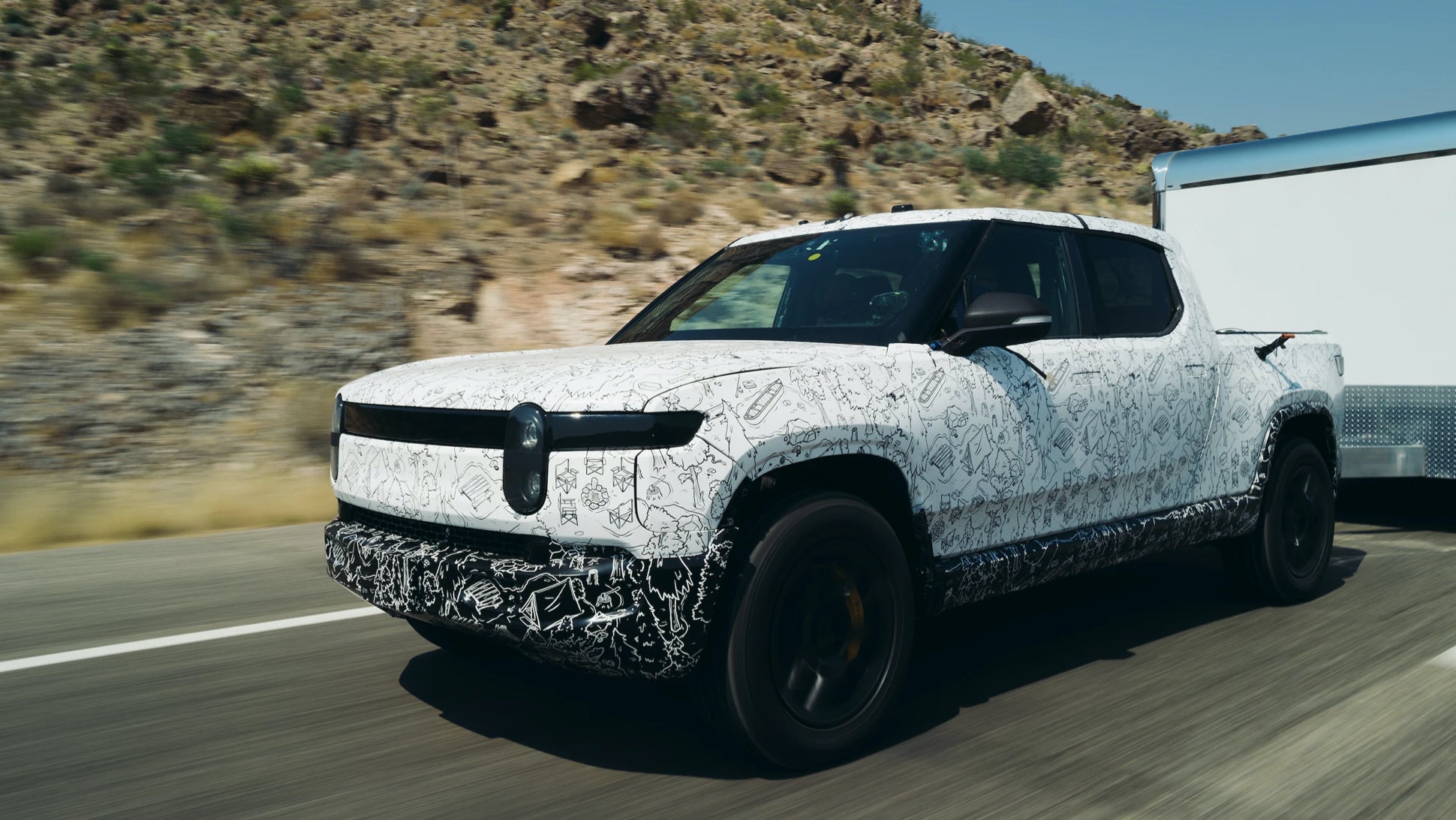2kwik4u
Jetboaters Fleet Admiral
- Messages
- 8,049
- Reaction score
- 11,012
- Points
- 622
- Location
- Buffalo, NY
- Boat Make
- Yamaha
- Year
- 2017
- Boat Model
- AR
- Boat Length
- 19
The GM Nikola partnership isn't a surprise to me. You can see the last gen Silverado/Sierra lines and parts in the badger pretty clearly.
I'm on the fence about the GMC/Hummer. I'm a pretty loyal GMC owner, but need a few more details before I plunk down some cash for it.
Really hope the F150 electric isn't delayed. I dislike the Ford styling, but honestly think it has the best chance to make good solid inroads in the truck EV market, and I'm of the opinion that a rising tide raises all ships in this market at this time.
I'm on the fence about the GMC/Hummer. I'm a pretty loyal GMC owner, but need a few more details before I plunk down some cash for it.
Really hope the F150 electric isn't delayed. I dislike the Ford styling, but honestly think it has the best chance to make good solid inroads in the truck EV market, and I'm of the opinion that a rising tide raises all ships in this market at this time.



